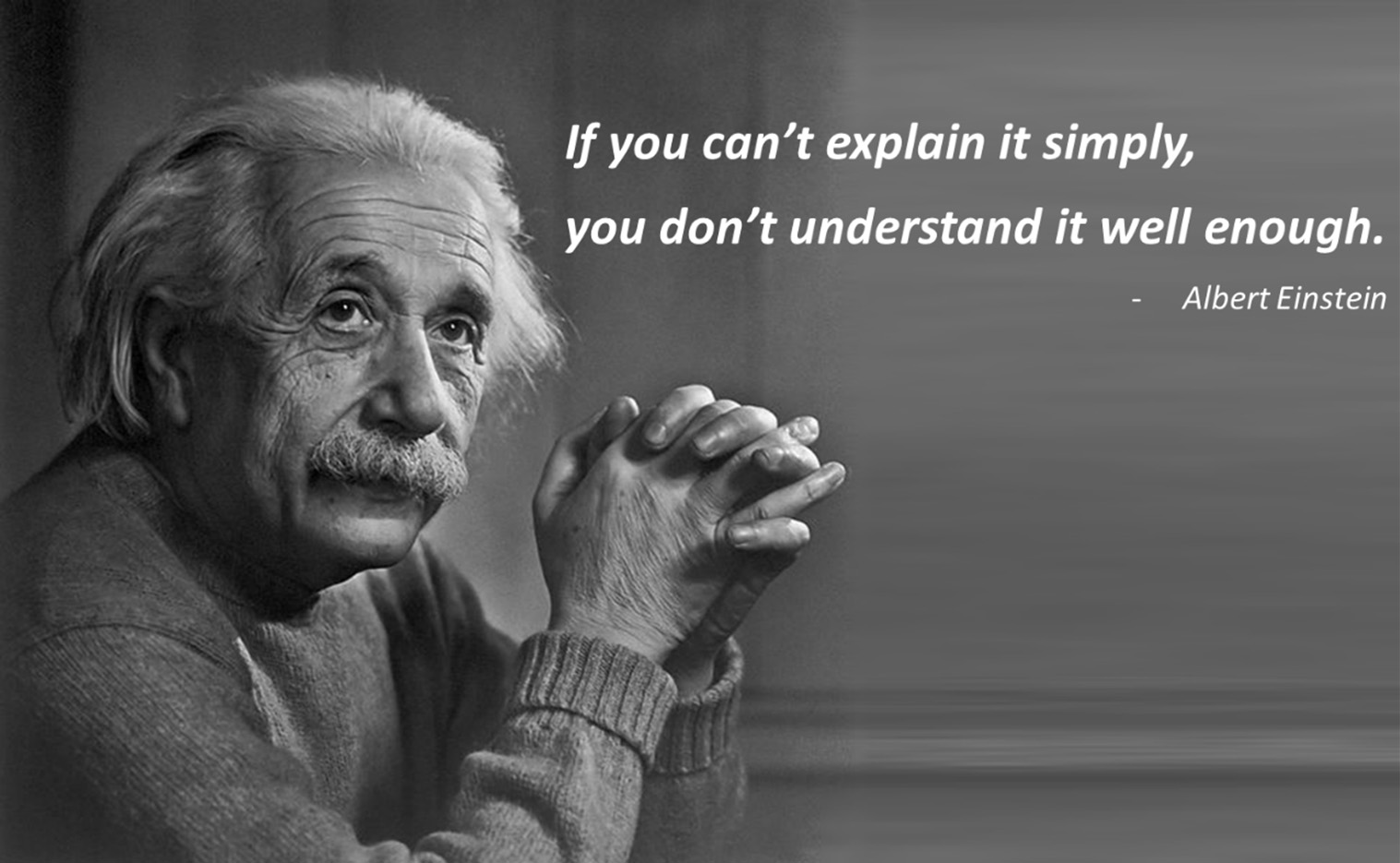Blog
What children bring to science
A 6-year old looking at the sea, following the trajectories of a jet ski and ocean liner:
“Why, in case of a collision, can it not be the jet ski that wins??”
Bright and clear: Momentum, energy. You enthusiastically translate the scene into a series of equations, 15 minutes of monologue, excitation, gestures, before concluding with a pinch of emotion in your voice, your arm pointed towards the horizon “Quod erat demonstrandum!”. “Yes, but why??” answers the child, gazing at you with eyes wide open. At that stage you only have two real options: either re-think and re-phrase until you can really explain it, or … run away because this curious child won’t take an unsatisfactory answer!
Beyond amusing anecdotes, I believe there is a true added value in bringing science to children even at very young ages, and value for both sides. Be it via outreach activities in the lab, or simply by entertain children on a Sunday. From a conceptual or scientific point of view, designing such activities forces you to rethink what you know and perceive, play with concepts, simplify and get to the core of it.
 Image: Photograph of Albert Einstein from 1973, Dutch National Archives. Edited with a quote.
Image: Photograph of Albert Einstein from 1973, Dutch National Archives. Edited with a quote.
A child may question things that you no longer do. “Why does the sun warm me up and not the moon?”. You will need to assemble diverse pieces of puzzle which may or may not fit together and you have to explain why. You may also be forced to admit that “you’ll have to think about it”.
In addition, it pushes you to bring out the fun in research. If you spend your days stuck hunting the hidden truth behind a molecular mechanism or an unbreakable mathematical proof, thinking about a game to bring forth the fun in science will allow you to step back and approach your problem from a new perspective.
Last year, we hosted a group of 10-13 year-olds in our lab, giving them the opportunity to dissect hearts. While my first take was to try and explain the regulation of the heart rate, they were in effect intrigued by the textures of the different heart chambers, of arteries versus veins, started going through all the different open pathways, chopped the heart into pieces to feel how different muscles resisted under the scissors, touched the trabecular inner surface of the ventricles, were amused by pumping water through the circuit, and tested how it would be if you punched a hole through the muscle. They were getting to know the heart and exploring it, fully alert, with all their senses. And afterwards came the questions “Why are not all chambers alike?”, “Why would blood go this way and not that way?”, “Is it the same within me?”. Talking about it with adult friends, I think a lot of them would have enjoyed getting to know that organ as well.
I feel that organizing an “outreach activity” takes you down an interesting path, makes your structure your thoughts around what is the visible/sensible manifestation of what you study, and how can you then convey to your audience the concepts you are working on.
Clearly, there is no denying that such activities and their planning take a lot of time and energy. One of the hardest parts is to come up with an answer to the very first point “what is the physical and intriguing manifestation” which will open your session and drive the interest. One option may be to go back in time and recall what amused you at first. Alternativel, there are plenty of resources online that can get you started. I personally appreciate those provided on education.com, but there are lots of alternatives. Key is to schedule at least twice the time it would take you alone to allow children to “play” and questions to arise, plus to have others around (for example, doctoral students) to ensure that these questions are answered. If it is the first time, having a rehearsal session with children of the targeted age group is definitely a good idea, as it will give you a sense of how the activity may be perceived.
So … what do children bring to science?? For me, they bring the natural questioning that drives it, question my reasoning down to its ground principles and … bring back the fun that brought me to science in the first place!
